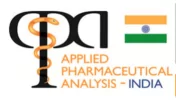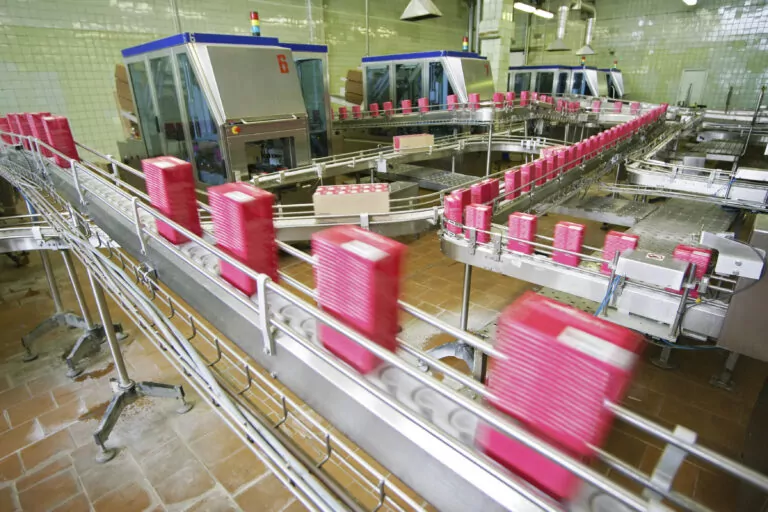The Answer to Fast, Sensitive, and Simple Released N-Glycan Profiling and Characterization
How quickly can you go from glycosylated protein to glycan fragment confirmation? Now, analyzing released N-glycans takes about as much time as it does for Tom Brady and the New England Patriots to erase a 10-point deficit and win a football game. An exaggeration? Perhaps, but with the help of the new Waters GlycoWorks…






